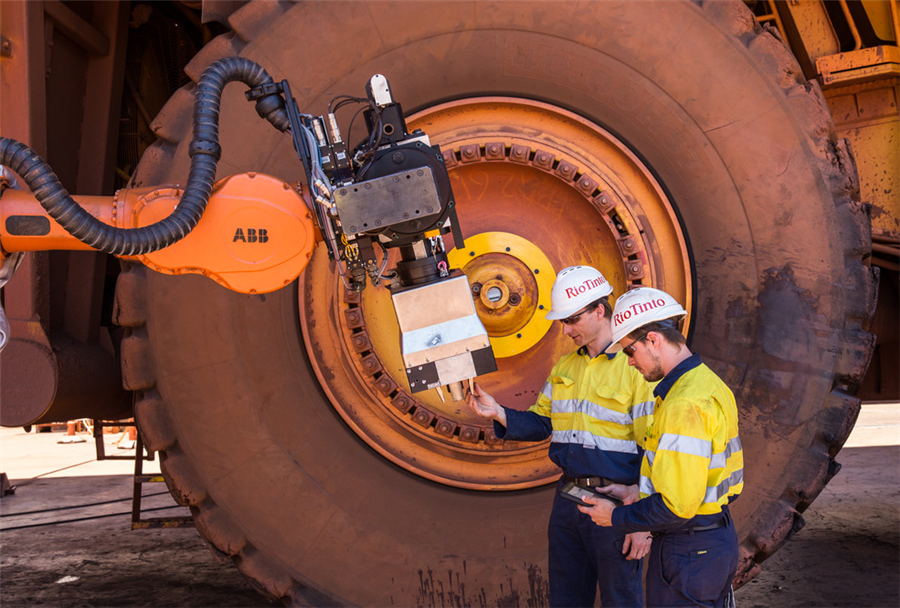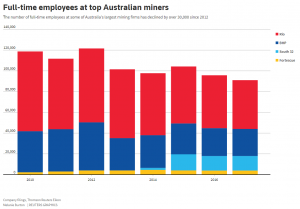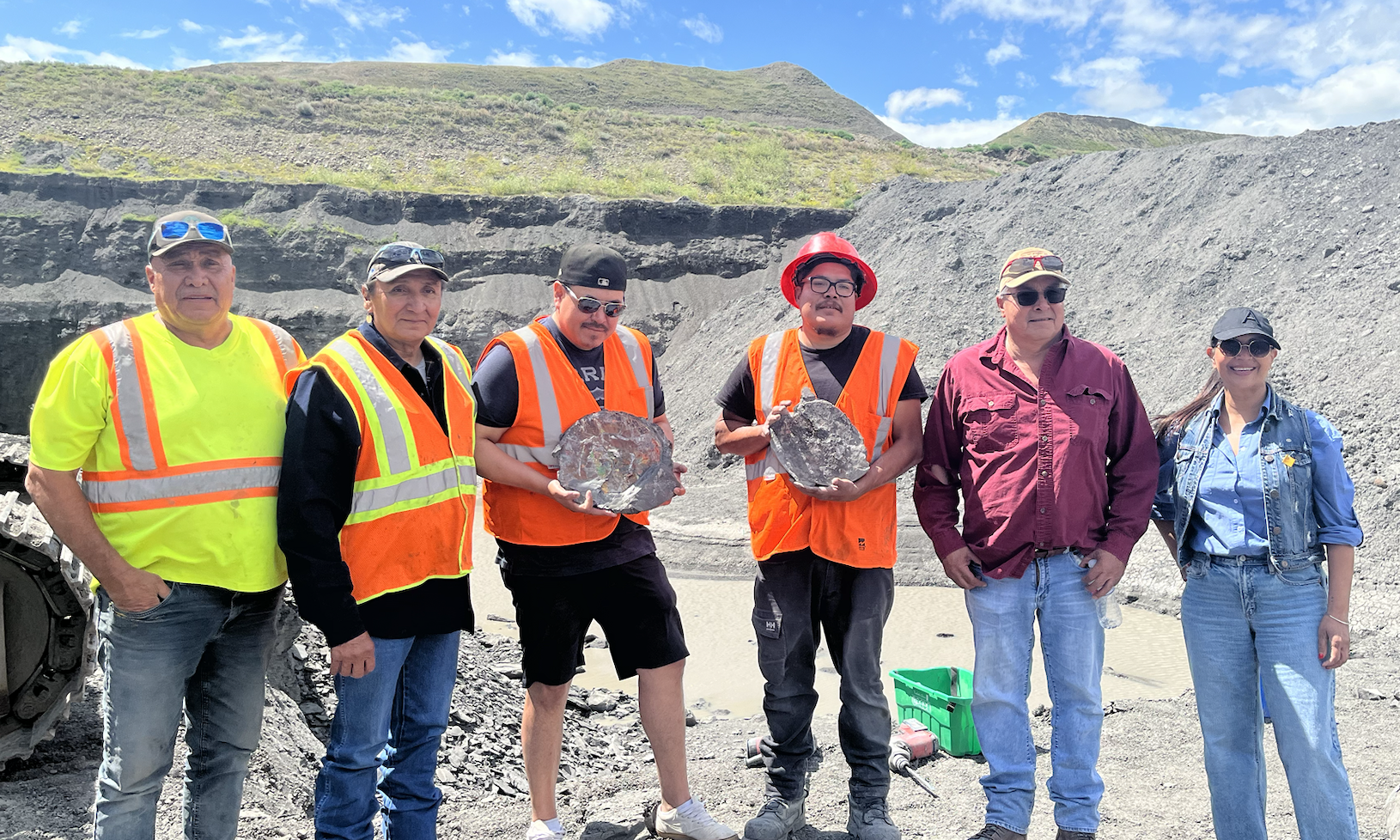Tipping point? Inflation creep at Australia’s mines to erode margins

MELBOURNE, Aug 24 (Reuters) – As Australia’s big miners gear up for a new round of expansion after years of belt tightening, prices for everything from labour to fuel to equipment have begun to rise, driving up costs and eating into margins.
Manage inflation pretty aggressively over the next 18 months otherwise it will erode margins.
Having repaired their balance sheets after a harrowing shake-out from a decade-long mining boom in 2013-2014, miners are again ploughing money into new projects.
Companies say they can wring yet more savings from already low-cost operations while investing for expansion, but rising costs suggest their fattest margins may be behind them.
At the same time, metals prices are falling as a deepening Sino-U.S. trade row raises concerns about demand growth and clouds the outlook for future sales.
“The pressures are coming,” said Rohan Walsh, a portfolio manager at Karara Capital in Melbourne. “It’s early but looking forward there are a number of larger projects starting to ramp up again …(so) competition for labour, machinery and parts will increase,” he said.
“The expectation is, you do need to manage it pretty aggressively over the next 18 months otherwise there is a risk that it will erode margins.”
In June, global miner BHP gave the go-ahead for its huge South Flank iron ore expansion and rival Rio Tinto said it planned to expand in the Pilbara by developing its Koodaideri site.
Rising costs
Executives at a mining conference in outback Kalgoorlie this month said lead times for excavation machinery have doubled over the past two years, tyre prices for underground mining trucks have surged by 50-60 percent and delivery times have doubled as miners refurbish their fleets.
Miners say costs are rising globally, but the trend may be more pronounced in iron-ore rich Australia as demand for steel picks up early in the economic cycle. Australia is also a major coal, copper and gold supplier, and more recently a source of battery materials like lithium, cobalt and nickel.
BHP is seeing higher labour costs, particularly in parts of Australia, chief executive Andrew Mackenzie said this week. Prices were also rising for diesel, steel and sulphuric acid, used in copper production.
The expansion of the majors is likely to make it more costly for others to follow.
Graham Kerr, CEO at diversified miner South 32, said inflation was “slightly ahead” in its Australian operations like its Cannington silver/lead mine, but was also appearing elsewhere.
“In Cannington, we are seeing more and more competition for underground people, mine engineers, geotechnical engineers, jumbo operators. The market is becoming much more competitive in that space,” Kerr told an earnings call.
The tighter labour market has been compounded by the fact that hundreds of workers laid off during the recent market trough either moved away or found work in other sectors.
The 2013-2014 bust also shattered the appeal of careers in mining engineering. The number of enrolments in courses Australia-wide tumbled to just 30 this year from more than 300 at the height of the boom, according to figures from miner Saracen Mineral
“Mining engineers are as rare as hen’s teeth,” said a recruiter in Kalgoorlie. “You can get them, but you have to pay.”
For the world’s fourth-largest iron ore miner, Fortescue Metals, fuel, wages and currency movements were the biggest inflation drivers, Chief Executive Elisabeth Gaines told Reuters, adding that it had recently “adjusted” labour costs higher.
“There are some skill shortages and that is something we are very cognizant of,” Gaines told Reuters in an interview.

Automation, labor boost
To combat inflation, Fortescue is automating its haulage fleet of 100 trucks and introducing a new product with a higher iron content that it expects to boost margins.
“I don’t think the days of current margins are behind us at all. If anything, we have a very strong strategy to enhance our operating margins,” Gaines said.
Australia’s deflating housing bubble could also free up some semi-skilled labour, while a weakening Australian dollar is boosting revenue from the sale of products priced in U.S. dollars.
BHP’s Mackenzie also expects productivity to offset some inflationary pressures, while the pace of cost increases could slow.
“With everything we see that is possible with productivity … we have a very good shot at matching that inflation and more, to continue to drive our costs down,” he said after the company’s results.
Still, a banker in Melbourne, said that it was fair to say that for investors the most lucrative profits from the mining sector are now in the rear-view mirror.
“We have seen the best of the best in terms of metals prices being helpful, currencies being helpful and companies pulling costs out,” he said, declining to be named as it is against company policy.
“The self help is done, the external stuff is done, so now it’s a bit more challenging.”
(By Melanie Burton and Barbara Lewis; Editing by Richard Pullin)
More News
{{ commodity.name }}
{{ post.title }}
{{ post.date }}

Comments